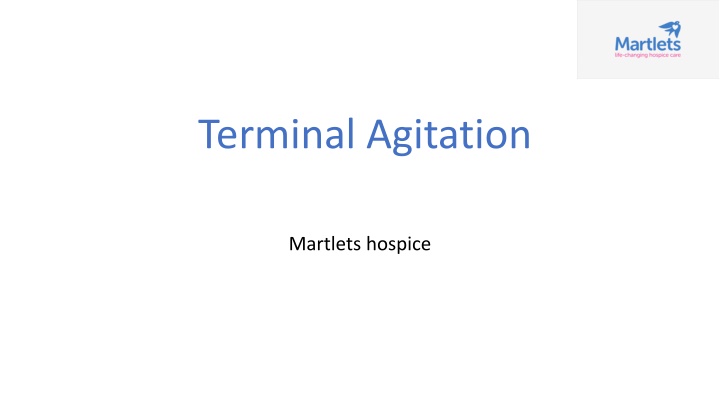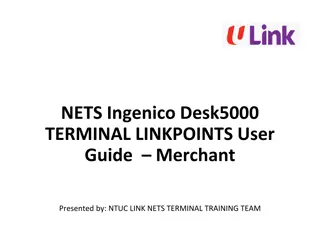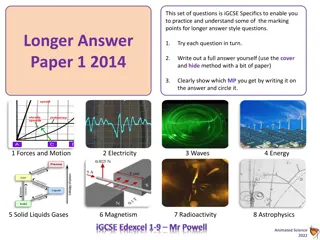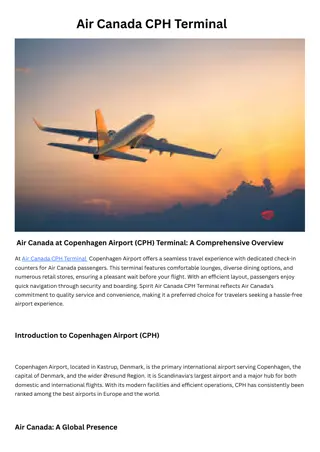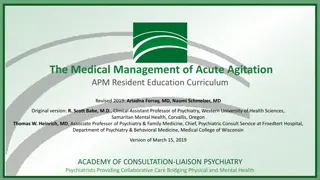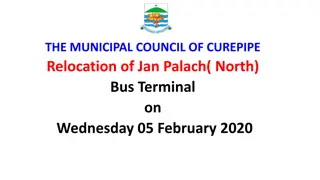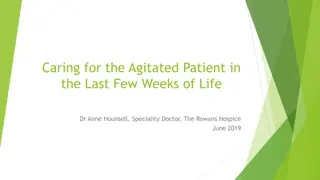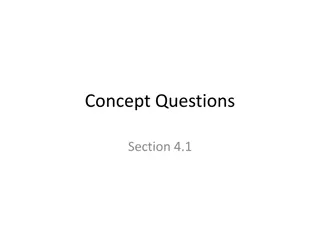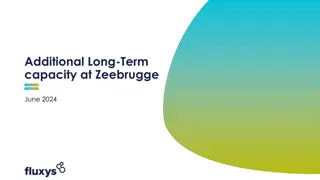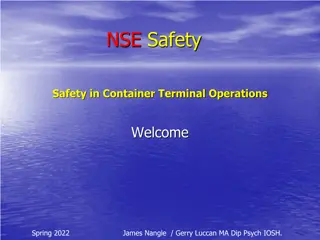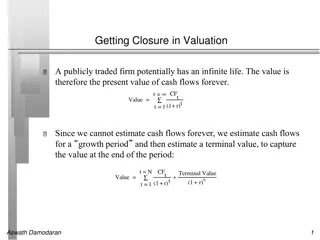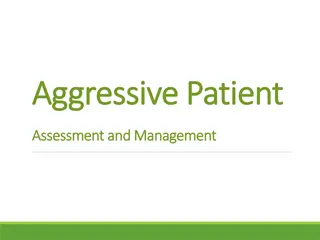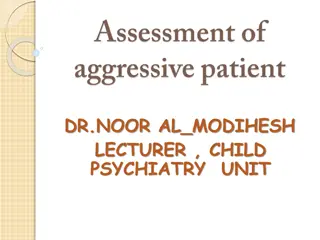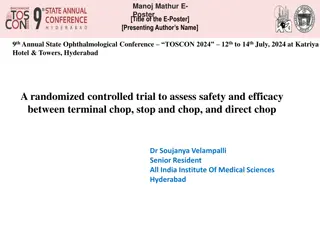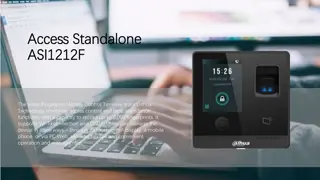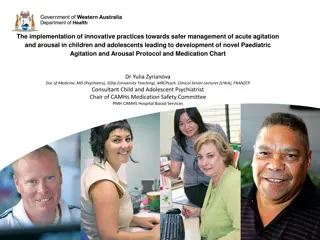Terminal Agitation
Within the tranquil walls of Martlets Hospice, terminal agitation is addressed with compassion and expertise. Patients facing this complex phenomenon receive specialized care and support to enhance their quality of life during their final stages. The dedicated team at Martlets Hospice ensures that individuals experiencing terminal agitation are comforted, listened to, and provided with personalized care plans that prioritize their well-being.
Download Presentation

Please find below an Image/Link to download the presentation.
The content on the website is provided AS IS for your information and personal use only. It may not be sold, licensed, or shared on other websites without obtaining consent from the author.If you encounter any issues during the download, it is possible that the publisher has removed the file from their server.
You are allowed to download the files provided on this website for personal or commercial use, subject to the condition that they are used lawfully. All files are the property of their respective owners.
The content on the website is provided AS IS for your information and personal use only. It may not be sold, licensed, or shared on other websites without obtaining consent from the author.
E N D
Presentation Transcript
Terminal Agitation Martlets hospice
What this talk will cover Definition of terminal agitation, how common is it Symptoms and signs Risk factors for more severe terminal agitation Causes General management Management with medications Delirium in COVID-19 patients Summary Opportunity for questions
What is terminal agitation? Also known as terminal restlessness, terminal delirium Anxious, restless and / or distressed behaviour that can occur at the end of life Patient shows signs of anxiety, agitation and cognitive decline in the days leading up to death Affects nearly 50% of all people who are dying 80-90% cancer patients become agitated
Recognition of Dying Difficulty swallowing meds Only manage sips Bedbound Decreased conscious level Patient talks about dying, ready to die, premonition e.g. date of death, calls out to loved ones already dead Profound fatigue physical and mental Change in cognition/delirium (preterm/terminal agitation)
Recognition of Dying Art and science Knowing the patient Understanding the disease trajectory cancer vs non-cancer Liaising with colleagues MDT Pattern recognition Listening to nurses, family, patient
Symptoms / Signs of Terminal Agitation Calling out / shouting / screaming Angry outbursts Difficulty sitting still, trying to get out of bed Unable to concentrate or relax Fidgeting picking at clothes, sheets Can t get comfortable Confusion Sleeping in day, active at night Hallucinations
Increased Risk for severe terminal agitation unfulfilled spiritual/emotional needs armed forces veterans parents with young children young adults victims of abuse/torture those in denial of dying
Causes unfulfilled spiritual/emotional needs urinary retention UTI, sepsis Uncontrolled pain, nausea Constipation Hypoxia Hypercalcaemia Nicotine/alcohol/cannabis withdrawal Cerebral oedema brain tumour or metastases
General Management Acknowledge their distress I can see you are having distressing thoughts Calm and safe environment Avoid environmental triggers noise, glare, back round distraction Gentle music Hold hand, gentle physical contact Familiar objects, photos Explain to family what is happening
Management - check no reversible issues Review medications such as steroids Review pain relief Catheterise if suspect urinary retention Nicotine patch if previously heavy smoker Oxygen if hypoxia making agitation worse Support from chaplain if available
Management with Medication Medications lower conscious level so they are calmer or asleep Ask if they mind being a bit more sleepy Involve family in discussion, make them aware their relative will be less able to communicate but they will be less distressed Do not hasten death but can bring relief from distressing symptoms and allow a more peaceful death Usually patients approaching end of life will have these medications prescribed as just in case medications
Medication - Benzodiazepines Midazolam Stat subcutaneous dose 2.5-5mg PRN hourly Can increase up to 10mg PRN Syringe driver (CSCI) 10-60mg/24 hours
Medication - Antipsychotics Haloperidol 1-3mg stat subcutaneous (0.5-2.5mg if elderly) Haloperidol 2.5 10mg / 24 hours via syringe driver Levomepromazine 12.5mg-25mg stat subcutaneous (6.25mg if elderly) Levomepromazine 12.5-150mg / 24 hours via syringe driver
Medication - Phenobarbital Specialist use only (would need review by palliative care team and discussion with palliative care consultant) 50-200mg IM stat 200-600mg/24 hours via syringe driver
Delirium in COVID-19 patients Isolation environment may worsen delirium Risk of harm to others may exceed risk to individual so may need earlier pharmacological treatments Hyperactive delirium agitated, restless Hypoactive delirium drowsy, withdrawn Orientation explain where they are, what your role is Check have glasses and hearing aids Gentle friendly approach If able to take oral medications can use sublingual lorazepam 0.5-1mg and can also use oral haloperidol 0.5-2mg
Summary Terminal agitation is common at the end of life Patients appear restless and unsettled Check for any reversible causes such as pain, urinary retention Calm environment important, acknowledge the distress Medications also important to allow peaceful death Start with midazolam, then consider haloperidol or levomepromazine
